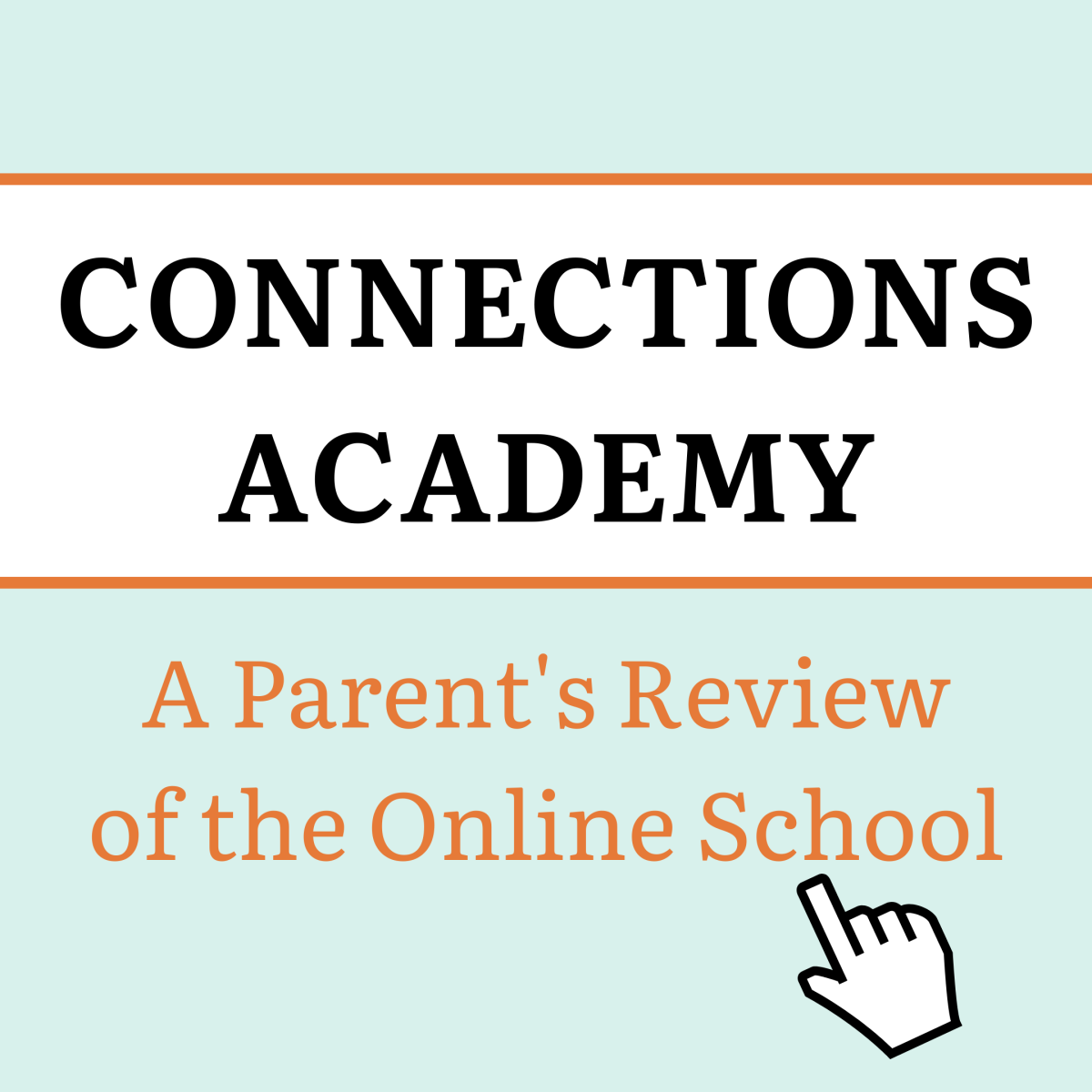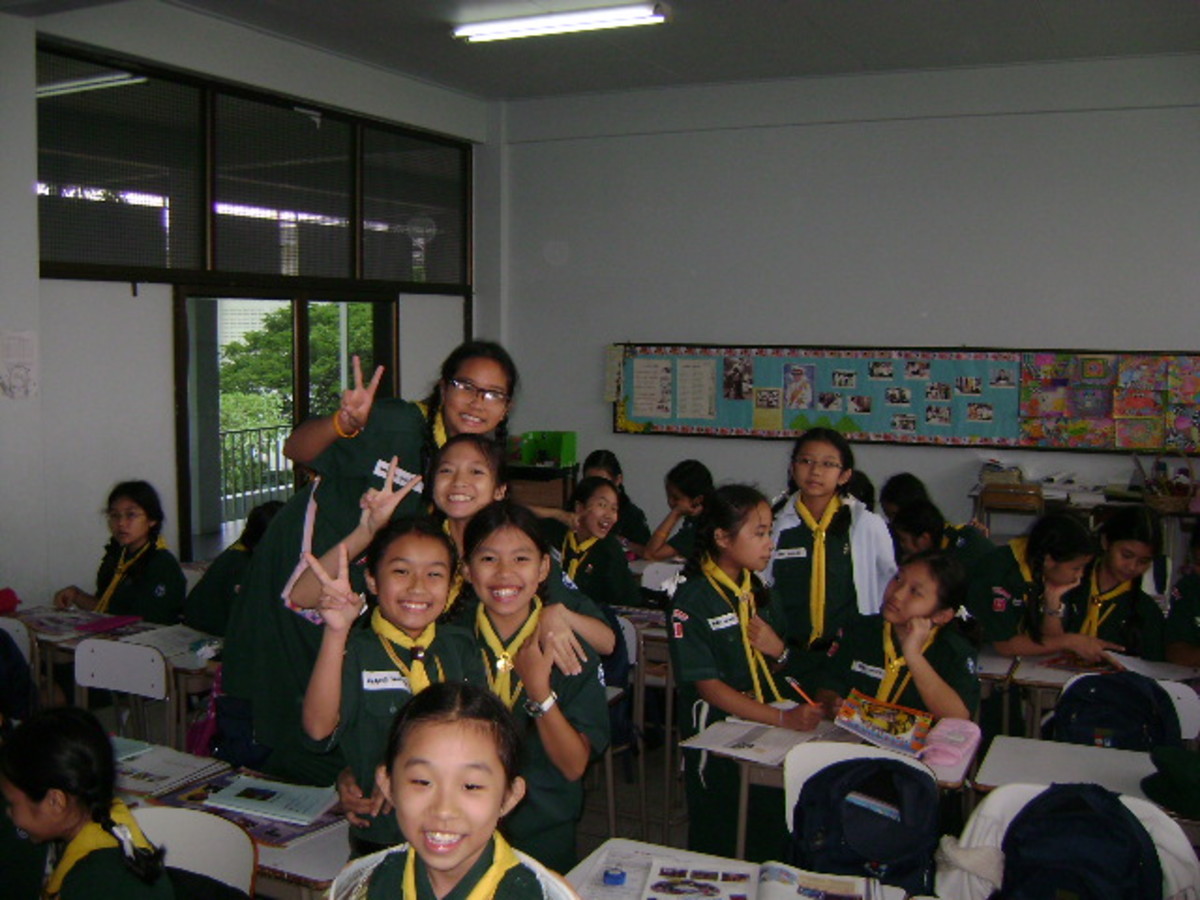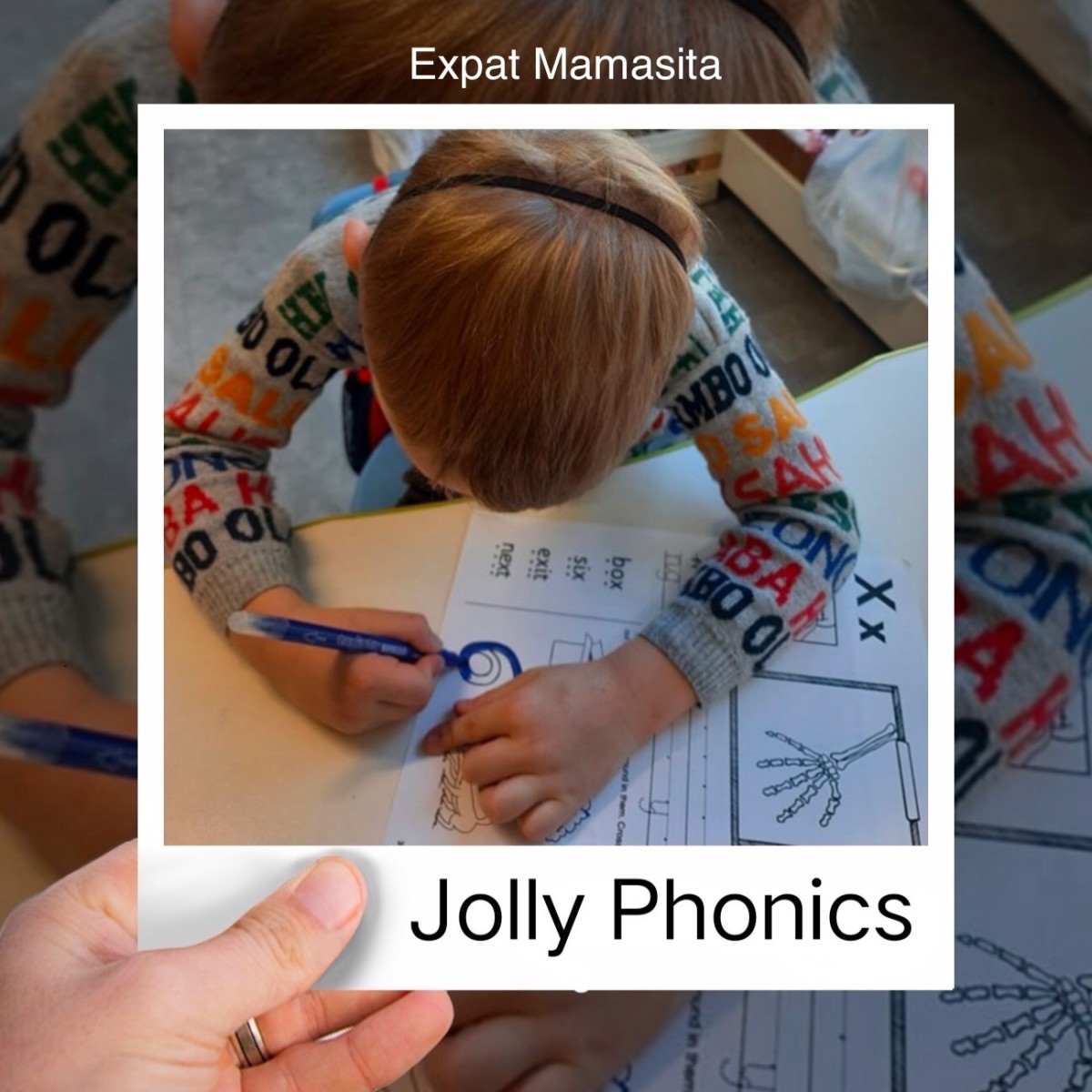How to Stimulate Student Participation

Overview
Brainstorming, buzz group, and question box techniques are all effective devices for creating interest and securing the active participation of all, or at least most, class members. These techniques are also relatively easy to implement in the classroom. Brainstorming is a technique in which group of members offer spontaneous ideas or suggestions regarding a specific topic or concern. The buzz group is a technique used with small groups in which members actively discuss a particular topic or concern. The question box technique is used to obtain questions or responses anonymously from individual students.
The learning experiences in this module are designed to help a teacher develop competencies in using each of the three techniques—brainstorming, buzz group, and question box—to create interest in learning and to encourage student participation.
Brainstorming
Brainstorming is a technique used to stimulate creativity and promote the involvement of students in the learning situation. Often, it is used as a preplanning technique. Students first generate alternative suggestions through brainstorming, which the instructor can then consider in planning learning activities.
For an early brainstorming session, the purpose of the session should not be to solve complex problems but to produce a wealth of fresh ideas from which further planning may draw. The following are examples of topics that might be appropriate:
- What could we do for next year’s Midsouth Fair exhibits to represent our Medical Administration Program?
- How can we interest more students in participating in a technical student organization?
- How can we cut down on waste in the break area?
Although the brainstorming technique has limitations, these can be avoided by carefully planning and conducting each session. The productivity of the session depends on how well participants have been oriented to the process and to the topic to be considered.

Buzz Group
One technique that is often used to stimulate student learning is the buzz group. This device was originally developed by Phillips and is often termed the “Phillips 66” method since it involves six minutes and a six-member group, as defined by Phillips.
To increase students’ involvement in discussion and to obtain the benefit of everyone’s ideas, the class may be divided into small groups of six. The topic that is chosen must be limited so that all aspects can be adequately explored. It must also be simple enough that students do not become discouraged in trying to discuss it in so short a time. Most of their time should be spent deciding what to discuss, rather than dealing with the issue itself.
The buzz group is a good method to use to encourage individual participation and creative thinking by each student and to promote interaction among students.
Question Box
The question box is an interest-stimulating technique with more possible applications than is generally realized. It is a relatively easy-to-use device that a creative teacher can vary to fit differing situations.
Students are encouraged to write down their questions or responses on a certain topic or concern and place them in a certain location by a specified time. This technique is especially useful when you wish to generate questions for discussion at a later time, when class time is limited, or when students need time to consider their questions or responses.
When using the question box technique, it is important that students understand why they are submitting the questions and what they are to do.
If not properly oriented, students may not respond at all, may submit irrelevant questions that do not deal with the topic, or may submit off-target responses.
The following three variations of the question box technique may be used effectively in the classroom:
- Students may be asked to submit questions they wish to have answered pertaining to a topic that will be discussed by a resource person or other subject matter expert.
- Students may be encouraged to write down their viewpoints on a controversial subject and place them anonymously in a box.
- Students may be encouraged to place their responses in one of two boxes, one labeled pro and one con or some other such designation.

Final Words …
Before the instructor decides on the specific technique to use to stimulate the learning process, he/she needs to consider his/her objectives and the students’ needs and interests. The important thing to remember, however, is that the technique that’s chosen should in some way help to achieve the lesson objectives and should fit the instructor’s particular classroom situation. If not then this will definitely be a “lesson in futility.”
Methods of Enhancing the Learning Experience
Which of the following techniques do you incorporate in the learning experience?
© 2014 Jacqueline Williamson BBA MPA MS








